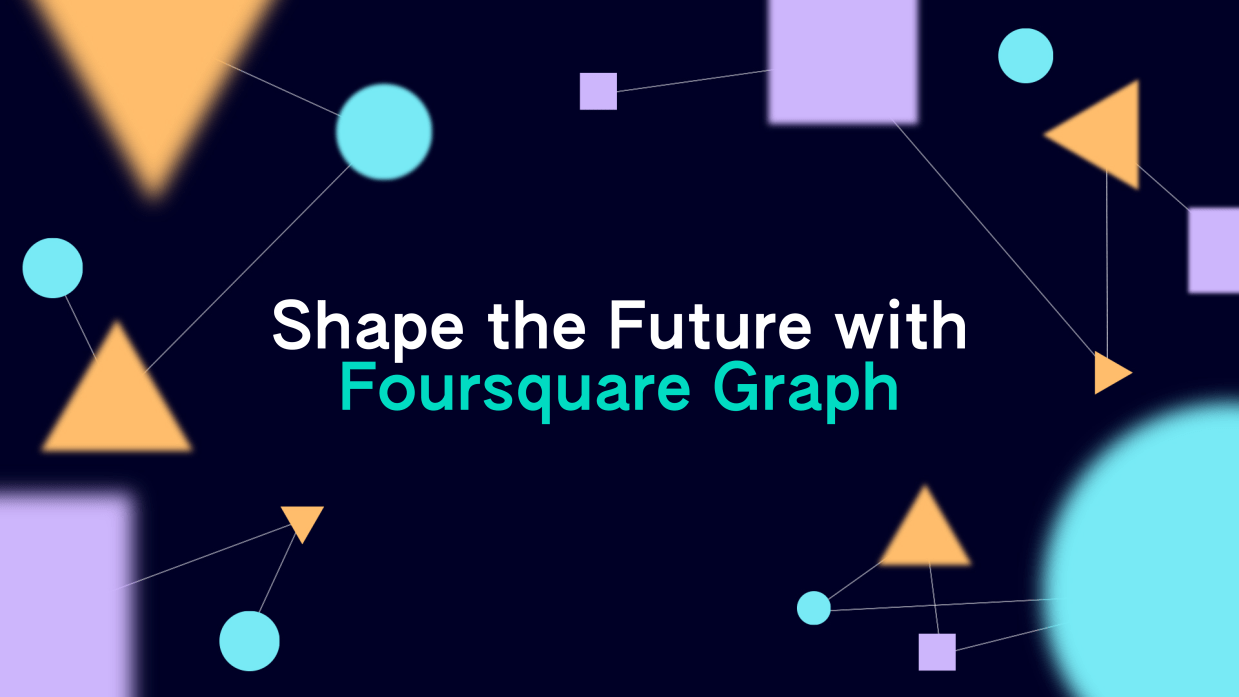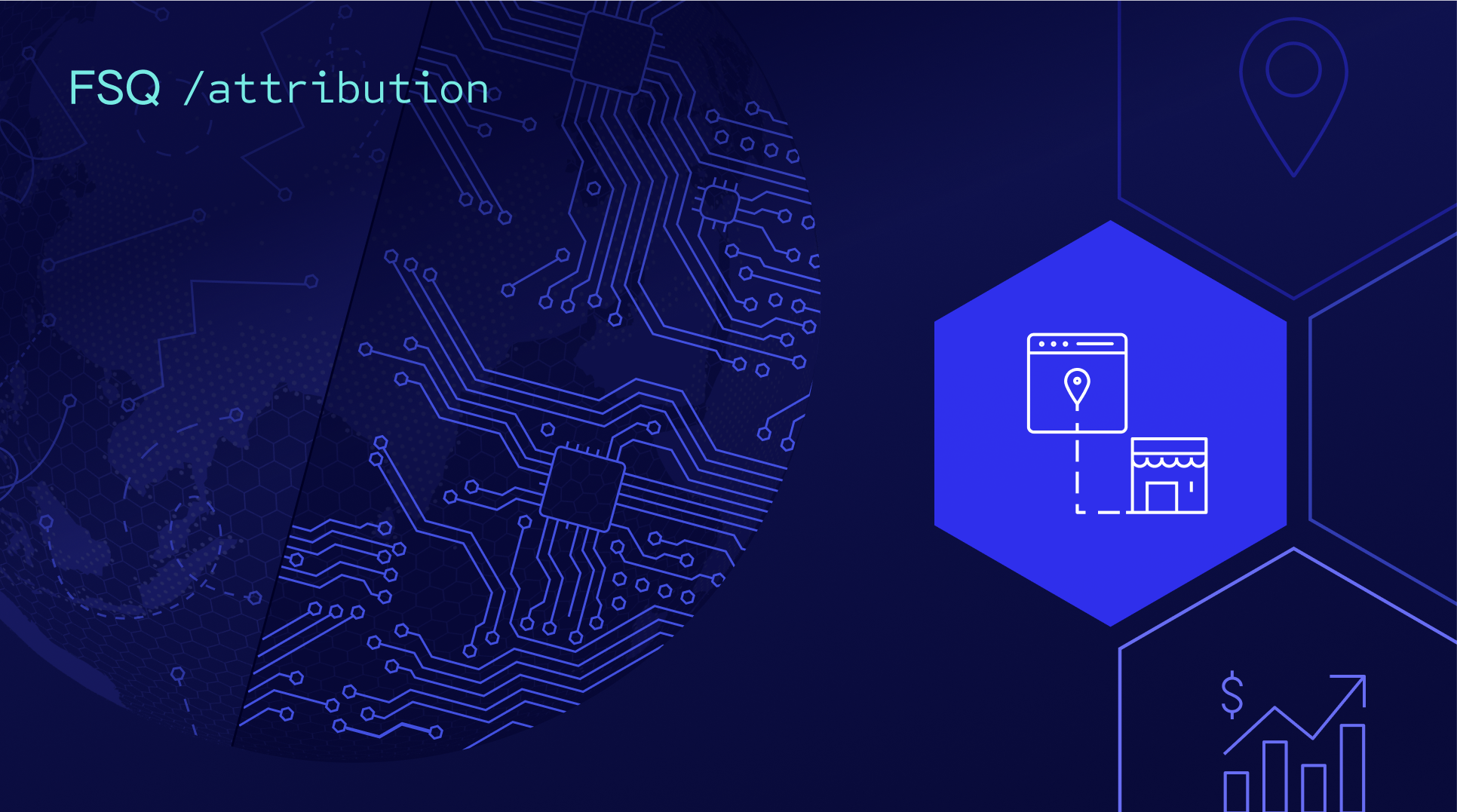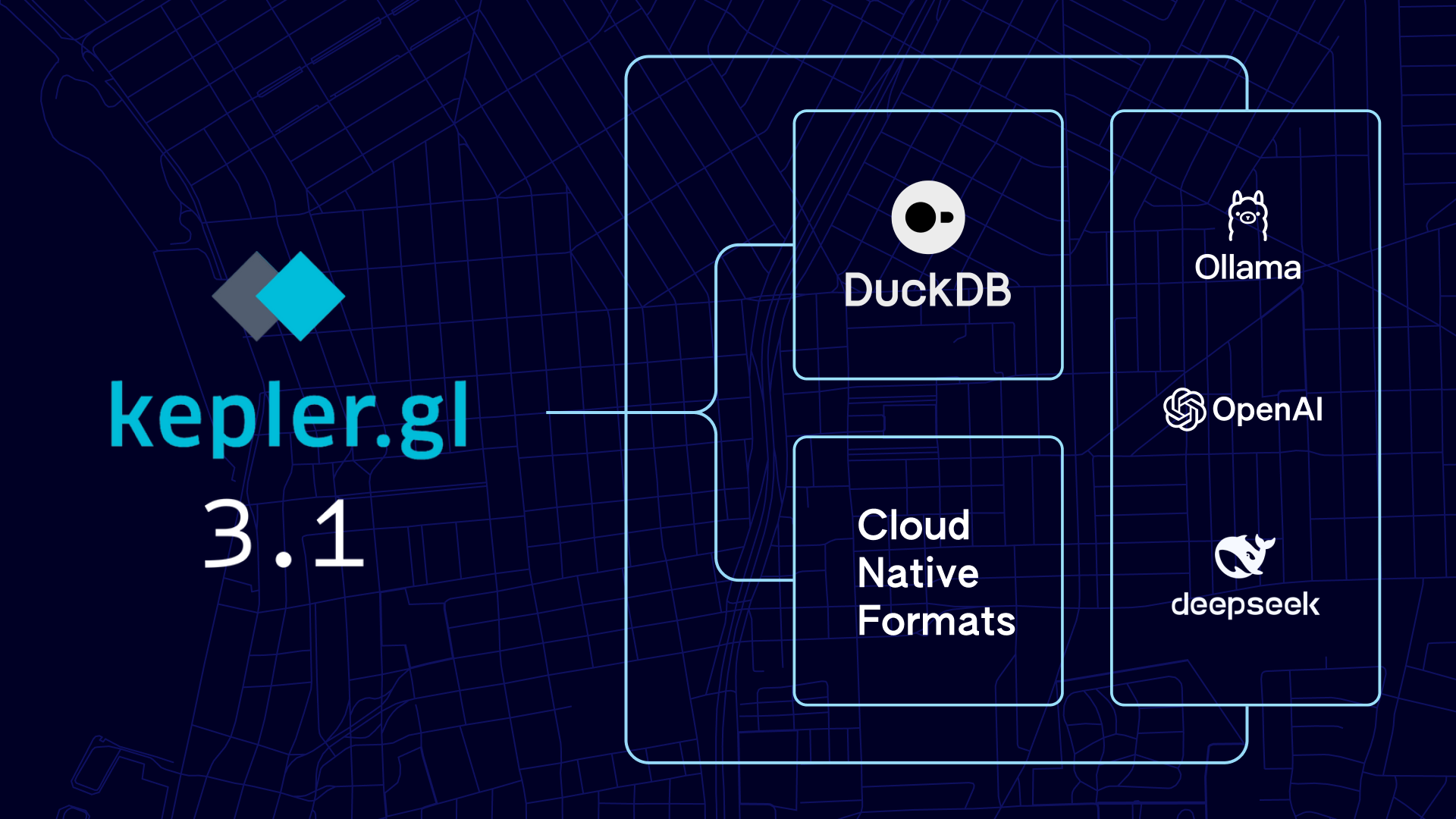Only 26% of data strategy leaders today say that their organizations are leveraging location intelligence to its full potential, according to Forrester research. Why do so many businesses struggle to derive value and actionable insights from location intelligence? Perhaps it’s because analyzing location data has historically required companies to maintain highly specialized resources and skill sets in-house. Or because the process of cleaning and joining location data takes up valuable time that could otherwise be spent on priority work.
Recognizing these challenges, we identified and seized the opportunity to build a first-of-its-kind geospatial knowledge Graph that will reinvent how our customers derive insights from location intelligence. It’s no secret that graph technology has held enormous potential for over a decade – in fact, experts at Gartner predict that by 2025, graph technologies will be used in 80% of data and analytics innovations. By applying graph technology to places and movement data, Foursquare is solving some of the biggest obstacles organizations face today, accelerating time to valuable insights.
Unifying our primitive datasets and serving as the underlying backbone to Foursquare’s full product suite, the geospatial knowledge Graph will improve data quality, enable higher velocity innovation, and unlock critical insights. By grounding our location intelligence in spatial units indexed in H3, we’re shifting focus to answer vital business questions while protecting privacy by using aggregated data.
Let’s take a closer look at the benefits of Foursquare’s geospatial knowledge Graph:
Higher quality places and movement data
Foursquare’s data science teams will have a unified access point to connected features (i.e. primitive datasets), which will better our machine learning models and allow for quick, easy querying. (In machine learning, “features” refer to independent variables that act like an input in a system. More features generally mean better models.)
As a result, FSQ Graph will improve our data quality, boosting the accuracy of information like geocodes and calculated scores like Venue Reality Score (VRS). It will also increase the completeness of attributes like neighborhoods.
Point of interest data and movement data are both integral across our entire product suite. By improving data quality, FSQ Graph will enhance the precision with which we are able to create audiences and measure the effectiveness of advertising.
Safely navigating faster time to insights
Foursquare will have more flexibility to quickly join different geospatial primitive datasets (e.g. infrastructure, roads, traffic patterns, and buildings) to answer questions about places and the ways in which cohorts of people move about them. In a micro sense, it could be the visit patterns pre and post an event such as a concert, or in a macro sense, it could be the change in the foot traffic and average dwell time in different types of stores pre and post natural disaster. These types of robust insights empower product managers and developers to build more compelling user experiences, analysts to make better business decisions, and marketers to optimize campaigns in order to drive performance.
With FSQ Graph, Foursquare is making an intentional step towards aggregated insights grounded in spatial units, rather than individualized movement data. For example, FSQ Graph lets us quickly offer aggregated insights about where consumers are going before and after they visit a store in a mall, without ever showing an individual device’s movement. This shift enables us to continue addressing key business questions for customers, while adapting to a shifting privacy landscape and simultaneously prioritizing consumer privacy.
Grounding our movement data in spatial units also allows us to derive unique insights through a new lens focused on places rather than individuals. To put this into practice, if an individual works at building A, trends can be aggregated around building A rather than the individual. This capability will power the profile of a building, enhancing our POI data with an understanding of the movement around it.
We also can use a bounding box to build a profile of a neighborhood, identifying trends and new features based on changes over time. Say you’re looking at an aggregated group of people commuting from a neighborhood, and whether they’re traveling to a local business or into a downtown city. What behaviors are most common amongst the group that stays local versus the group that commutes downtown? Is there a correlation in what grocery stores the groups prefer? Or in what gyms the groups visit, in or outside of the zip code? These are the types of questions that we will be able to quickly and easily answer for our customers using the geospatial knowledge Graph.
Ultimately, by storing location-based insights at an aggregated level tied to spatial units, the FSQ Graph enables us to go even further to protect consumers’ privacy while satisfying business needs.
Higher velocity releases of innovative new products & features
Perhaps most importantly, the geospatial knowledge Graph will enable Foursquare to build and deploy new features and products that meet our customers’ needs at a velocity not previously possible.
The FSQ Graph indexes all data to H3 and joins primitive datasets using Foursquare’s proprietary tiling system for large-scale geospatial data, Hex Tiles. This enables our teams to easily query different geospatial datasets together to derive unique insights. By bringing all of our products together on top of H3, processes that were once disparate are now unified, allowing us to create new APIs and solutions for customers.
The takeaway
Foursquare is deeply committed to innovation, and our teams are constantly exploring new technologies and ways in which we can deliver even greater value to our customers while simultaneously prioritizing individual privacy.
With the geospatial knowledge Graph – representing data primitives as concepts and the relationships between them – we identified and seized an exciting opportunity to enhance our tech stack to better serve our customers. By applying graph technology to our geospatial data, Foursquare is here to transform how businesses derive value from location intelligence.



